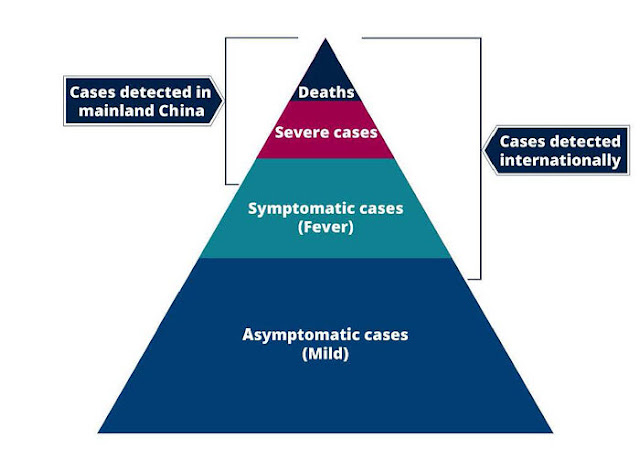- The libertarian Mercatus Center actually details the tools that are at the Fed's disposal, including eliminating reserve requirements, price level targeting, quantitative easing, and buying a wider range of assets (e.g., stocks), or buying Treasury bonds and mortgage-backed securities.
- In a similar vein, the Council on Foreign Relations covered how the Fed is doing so far and what tools are at its disposal.
- The Economic Cycle Research Institute, which focuses on business cycle research, opined that lowering the interest rates was an exercise of futility because a lack of consumer demand is not what is triggering this economic downturn.
- The Brookings Institution postulates that the Fed will have minimal impact on the economic contraction. One, the businesses are shutting down regardless of the Fed injecting the liquidity into the economy. Two, it didn't have much wiggle room and has even less with near-zero rates, which eliminates conventional tools. Third, the uncertainty behind COVID-19 means that investors are more likely to wait and see what happens with the outcome before proceeding with future investments.
- An article from the Foundation for Economic Education argues that it is not the coronavirus per se that is responsible for the economic downturn, but the structural problems that underlie the economy, some of which are propped up by the Fed.
- For a criticism of the Fed's loans to the short-term credit market, the Mises Institute provides a perspective from the Austrian school of economics.
- The American Institute for Economic Research argues that monetary policy cannot mitigate the aggregate supply shocks that we are experiencing.
- The conservative think tank Heritage Foundation makes the case to stop paying interest on bank reserves in order to improve liquidity.
- Economist and Senior Fellow at the University of Chicago John Cochrane argues that the Fed should not go for negative interest rates or quantitative easing. Instead, Cochrane finds that the Fed's best bet is to focus on a price-level target and fixing the spread between indexed and nominal debt.
- American Enterprise Institute (AEI) scholar Desmond Lachman makes a call for what economist Milton Friedman called "helicopter money." Essentially, helicopter money is a monetary stimulus of distributing large amounts of money to the public in the hopes that it spurs consumer demand. I'm skeptical about helicopter money in this case because stimulating demand can't be nearly as effective if output (and therefore supply) cannot increase. For further detail on helicopter money, you can read this brief from the centrist Brookings Institution.
- AEI scholar Stan Veuger thinks that small- and medium-sized businesses should receive loans that are facilitated by the Fed.
- As the International Monetary Fund (IMF) mentions in its brief on coronavirus and policy, the Fed launched the Term Asset-Backed Securities Loan Facility that could be helpful with loans to businesses.
- The President at the AAF explains why the Fed has been doing a good job so far (see video below at the end).
My Takeaway: Much like the coronavirus is "more than a common flu," the upcoming economic downturn is more than your typical economic downturn. In most recessions, it is either a supply shock or a demand shock. In this case, we have the worst of both worlds by having a simultaneous supply shock and demand shock. Monetary policy can do very little to nothing to deal with supply shocks. I think the Fed's role will be more minimal since it cannot cure coronavirus or deal with the supply shocks. Rather than save us, the Fed's job is to make sure that the impending economic downturn doesn't go from bad to worse. While I do not agree with all of the Fed's measures (e.g., the aggressive lowering of interest rates), I think there is still something they can do to mitigate fallout, but more of this is going to fall on fiscal policy and the cooperation of individuals in the private sector to voluntarily come together and win this. The current partisan dumpster fire in Congress gives me less hope that they will provide targeted relief instead of trying to advance agendas, but I can comment on that in future posts. Although I have criticized the Fed in the past, it's amazing how they seem more put-together than Congress. Let's hope that policy can be enacted so we can avoid either the Great Recession or, even worse, the Great Depression 2.0.
For more reading on macroeconomics and coronavirus, here is a nice online compilation from the Centre for Economic Policy Research entitled Economics in the Time of COVID-19.



